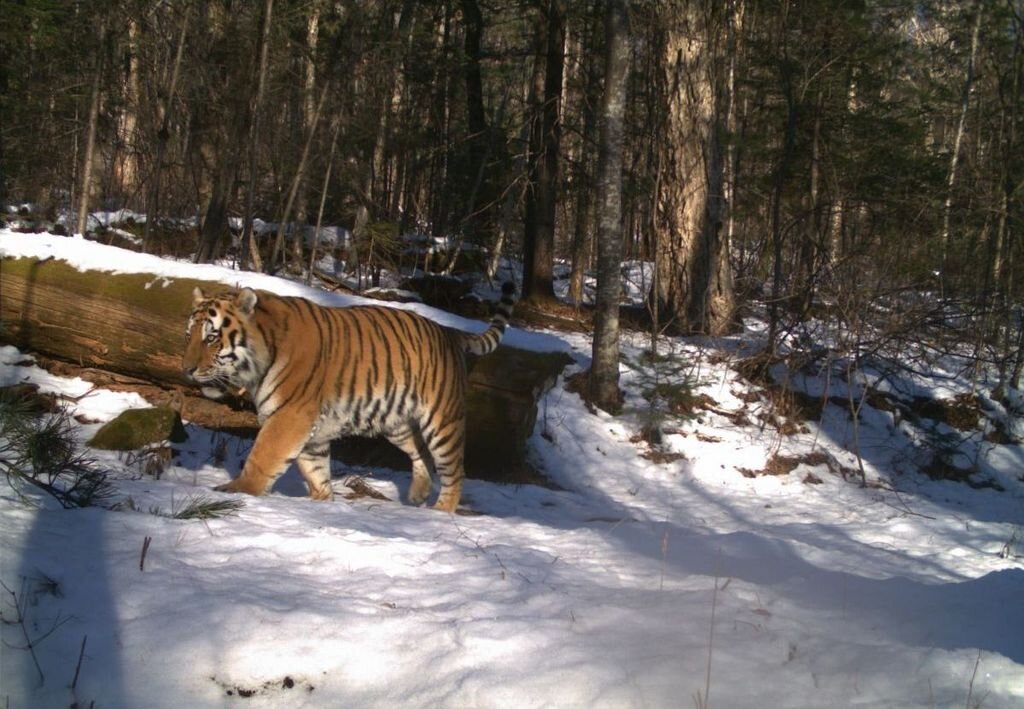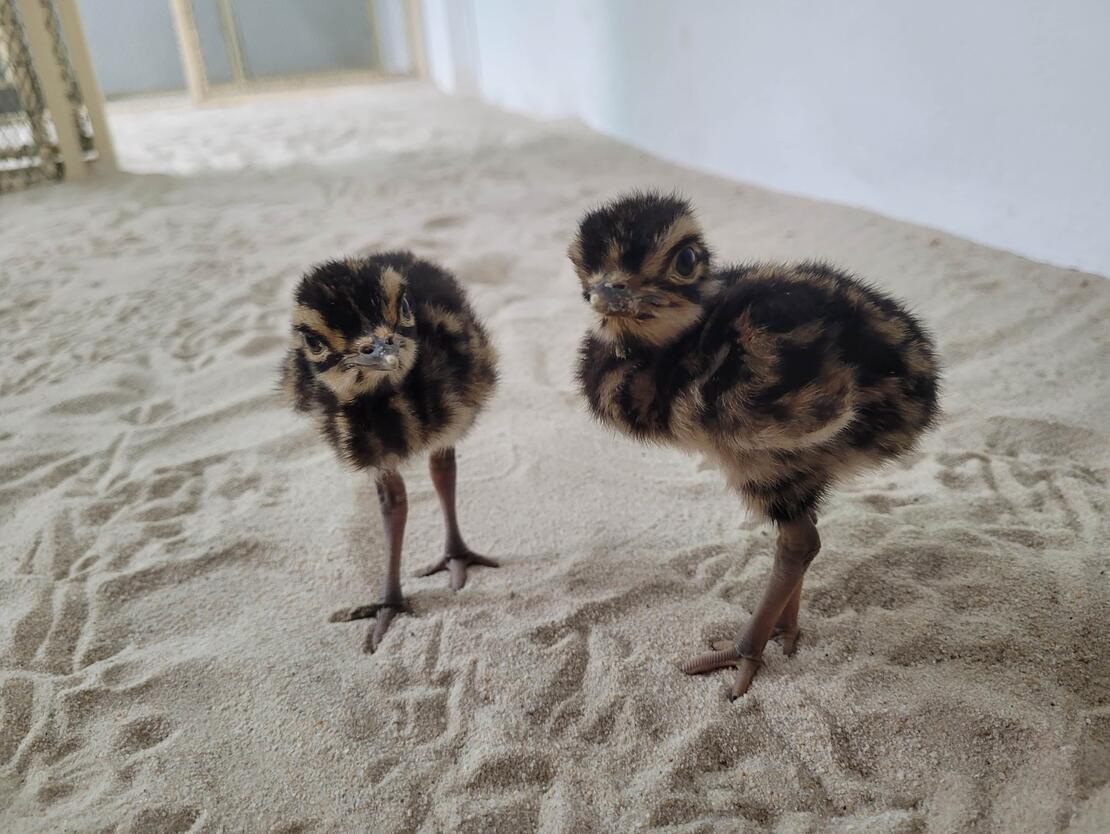PICTURED: Beekeepers and hunters of Primorye have united to preserve the honey-bearing forests. Photo credit: Evgeny Lepeshkin WWF Russia. Released.
Oak, ash, Korean pine, linden, all are being felled illegally at a rate of one in three across the landscape of the Russian Far East, a region capable of fitting the state of Texas within it 10 times over.
Within this monstrous landmass is Primorsky Krai, the territory of Russia’s big cats: the Amur tiger and leopard, as well as the Eurasian Lynx, various species of deer, sable, more than half of Russia’s bird species, and more than 3,000 plants.
Here, according to World Wildlife Fund-Russia and other organizations, the 3 species of linden that represent the primary nectar-bearing trees in the province, are illegally harvested for timber so often that the province removed the take limits and replaced them with a complete moratorium.
The linden trees also shade and give habitat to the Amur tiger and leopard, two of the world’s most endangered cats, with the latter numbering anywhere from 19-60 individuals, and livelihoods to thousands of beekeepers, whose local workers’ union numbers 6,500 keepers alone.
Seeing that the linden was precious not only to the cats and beekeepers, but hunters stalking Rowe, red, and sika deer, WWF-Russia has collaborated with the Ministry of Forestry and Hunting Management of Primorsky province to create a training program specifically for hunters and beekeepers to act as a volunteer anti-poaching brigade.
The training program teaches them to identify illegal logging of linden, and the certificates received at the end of their training programs will allow them to carry out the protection of game resources in limited ways.
“Before 2007… logging was prohibited and there were no conflicts between timber industry and beekeepers. We suggest to return this protected status to our endemic linden species,” comments Ramil Enikeev, the chairman of the Union of bee-keepers of Primorsky province, according to WWF-Russia.
PICTURED: The Bikin River Valley, Primorsky, Russia. Photo credit: Olga Ukhvatkina. CC 4.0.
PICTURED: An Amur, or Siberian Tiger in the Bastak Nature Reserve, Russia. Photo credit: Bastak Nature Reserve. CC 4.0.
Closely connected lives
In November of 2020, WWF-Russia launched it’s “People for Nature” program funded by grants from the EU, and the Credit Bank of Moscow, which saw 20 local NGOs, beekeepers, and hunting club members join in the 3-day intensive training program.
Held and organized by the Primorsky State Agricultural Academy, their responsibilities will range across 100,000 hectares, and according to the Leading Project Coordinator and WWF-Russia staff, Evgeny Lepeshkin, they are about 30% beekeepers 40% hunters, and represent “specific people living on their land, surrounded by natural forests, which are destroyed every year”.
“There is a total of 26 people participating,” Lepeshkin said in a comment to WaL. He explains that their special status and unique knowledge of the forest make these makeshift rangers a valuable asset in arbitration or judgements over logging activities, and their program certificate allows them to request loggers and other forest users to provide them with information about legal rights for forest/resources use.
With the program still in its infancy, Lepeshkin said there had been no special cases to report, but they’ve already expanded it to the nearby Jewish autonomous zone of Oblast.
“In the Russian Far East, with its cedar-deciduous forests, the richest in the number of rare species of plants and animals, which are the habitats of the Amur tiger, the activities of public forest inspectors are of great importance,” Lepeshkin writes. “Local residents, primarily hunters and beekeepers, for whom the forest is life and work, often witness logging, both legal and illegal. And having the knowledge and authority, they can really affect the reduction of the number of forest violations”.
The marriage of the locals’ livelihoods and the habitat of the Amur cats is a fortunate one for all involved, and as with snow leopard conservation, getting people who make their money on the ground in the habitat of a species that’s threatened involved in its conservation, is by far one of the most sustainable ways to keep species protected.
Continue exploring this topic — Tigers — They May Not Reach 6,000 But Thirteen Tiger Range Countries are Increasing Tiger Populations
Continue exploring this topic — Russia — With the Help of WWF Russia Wild Persian Leopards May Once Again Roam the Caucasus
Continue exploring this topic — Forests — New National Forest Initiative Spanning the Length and Breadth of Wales Will Link Fragmented Forests Across the Country





